Cyber threat intelligence or CTI is the practice of implementing actionable strategies, skills, and experience-based information to assess and combat potential cyber threats targeted at businesses and organizations.“Threat Intelligence” is the term referred to the processes of analyzing, gathering, and processing raw data to understand cyber threats effectively.
In this technique, the data collected from different sources is analyzed and processed to devise a proactive strategy against the cyber actor’s target, motives, and behaviors. The sources include human intelligence, open source intelligence, technical intelligence, social media intelligence, and device log files, and also the data collected from the dark and deep web.
In the words of Gartner:
“Threat intelligence is evidence-based knowledge(i.e., context, indicators, mechanisms, implications, and action-oriented advice) about existing or emerging menaces or hazards to assets”.
Why Is Threat Intelligence Important?
The digital world has connected people on a massive scale. It has, on the other hand, also contributed to privacy compromises. A hacker today can more easily steal the confidentiality of your organization than ever. Most organizations focus on basic use cases such as firewalls, IPS, and SIEMs for their security without considering the amazing insights a cyber intelligence program has to offer.
Prevent Cyber Attacks
Cyber-intel helps you prevent cyber attacks by providing thorough information on possible adversaries. Organizations with threat intelligence are better prepared to predict upcoming threats than managing future attacks. You can’t outmaneuver a cyber attack without having a deep-down analysis of security vulnerabilities and threat indicators.
Elevate Enterprise Security
CTI elevates enterprise security including network and cloud security. It is equally necessary to empower stakeholders such as CISOs, CTOs, and CIOs, making them more efficient and active. It reveals techniques, tactics, and procedures (TTPs) for fast decision-making against threats.
Prevent Data Breaches
A well-structured CTI program helps organizations spot cyber threats to prevent data breaches. Timely identification and analysis of the attack helps organizations spot hacker patterns to reshape their security strategies.

What Can Threat Intelligence Do?
Threat intelligence saves organizations from reputational and financial damage by providing valuable information about cyber attacks, building defensive mechanisms, and mitigating the risks. It defends the future attacks an organization is prone to, by detailed and contextual, organization-specific, actionable plan.
AI-based Cyber Threat Intelligence
An AI-based intelligence system provides updated information on global and industry-specific threats to help you prioritize critical decisions. It gives you an analysis of what is more likely to be used to attack your enterprise so you can armor your security system well to fight these notorious activities.
Who Benefits From Threat Intelligence?
Organizations of all sizes and shapes can benefit from threat intelligence frameworks to stay ahead of hacker’s next move. Enterprises can reduce the security costs and skills required to combat cyber threats by leveraging threat intel making their analysts more active. Each member of a security team can benefit from the cyber threat intel including CSIRT, SOC, IT Analyst, Intel Analyst, and Executive Management.
According to the cost of a data breach report by IBM, an average data breach costs you a record high $4.45 million, a 15% increase over 3 years.
How Does Threat Intelligence Work?
Threat intelligence frameworks analyze raw data of emerging and existing threats to help organizations devise updated and fast cybersecurity decisions. A robust CTI solution maps global signals each day to keep you proactive in the digital threat landscape. It filters the data from false alarms prioritising the risks that can result in real damage.
A threat intelligence solution uses tools like AI, and machine learning with advanced capabilities including security orchestration, automation, and response SOAR to automate security functions that prepare you better to preempt attacks instead of just reacting to them. It also helps automate remediation responses such as blocking unauthorized files and IP addresses.
Types Of Threat Intelligence
Depending upon the requirement set, stakeholders involved, and overall aims, cyber threat intelligence falls into the following categories. These categories provide a comprehensive approach toward immediate threats(technical and tactical) and an analysis of broader trends(strategic and operational).

Strategic Threat Intelligence
It gives an overview of the threat landscape of your organization. It mainly focuses on devising high-level security strategies for executive-level professionals. Depending on the findings of the report, strategic threat intelligence provides proactive insights into the cyber world that align with the preventive measures, goals, and motives of the organization. It involves:
-
Research reports and white papers
-
Policy Documents
-
Attackers’ TTP and their trends
-
Trends for geographics and industry sectors
-
Statistics on data loss and data breaches
It is specified for the non-technical audience of an organization and covers the topic that impacts broader decisions. It can be accessed by anyone like media reports, research, and white papers. The method is used by stakeholders so they can align risk management investments and strategies with the cyber landscape.
Tactical Threat Intelligence
It is focused on malware analysis and ingesting static, behavioral, and atomic threat indicators into the cybersecurity landscape. It includes more specific details for technical security professionals to understand attack vectors. It focuses mainly on IP addresses, phishing attacks, and file hashes.
It provides an outline of how to build a defensive mechanism against cyber attacks. The findings obtained are used to remove vulnerabilities from the existing security mechanism.
Tactical threat intelligence is usually automated and has a short life span as IOCs can be quickly obsoleted. In addition to incident responses, tactical intelligence enables threat-hunting teams to track APTs and other hidden attackers. Such type of intelligence is usually consumed by SOC employees, IT managers, and architects.
Operational Threat Intelligence
It gives you an understanding of adversarial infrastructure, capabilities, and TTPs to conduct prioritized and well-targeted security operations. You get detailed insights on various factors including motive, nature, and the methodology behind a cyber attack. This type of information is difficult to get as it requires intervention in hackers’ chat rooms and their discussion through internet infiltration.
Operational intelligence answers the Why, Who, and How of a cyber attack. It requires more sources to gather data and has a long life span.
Challenges In Operational Intelligence
-
Access to private chat rooms is not easy
-
The relevant intelligence is usually difficult to gather manually due to huge communication channels.
-
Ambiguous language makes it difficult to be understood by any other person except threat groups.
An effective cyber security intelligence allows you to expand your digital world without compromising confidentiality. Timely response against cyber-attacks keeps you ahead of hackers’ plans to protect your business repute.





